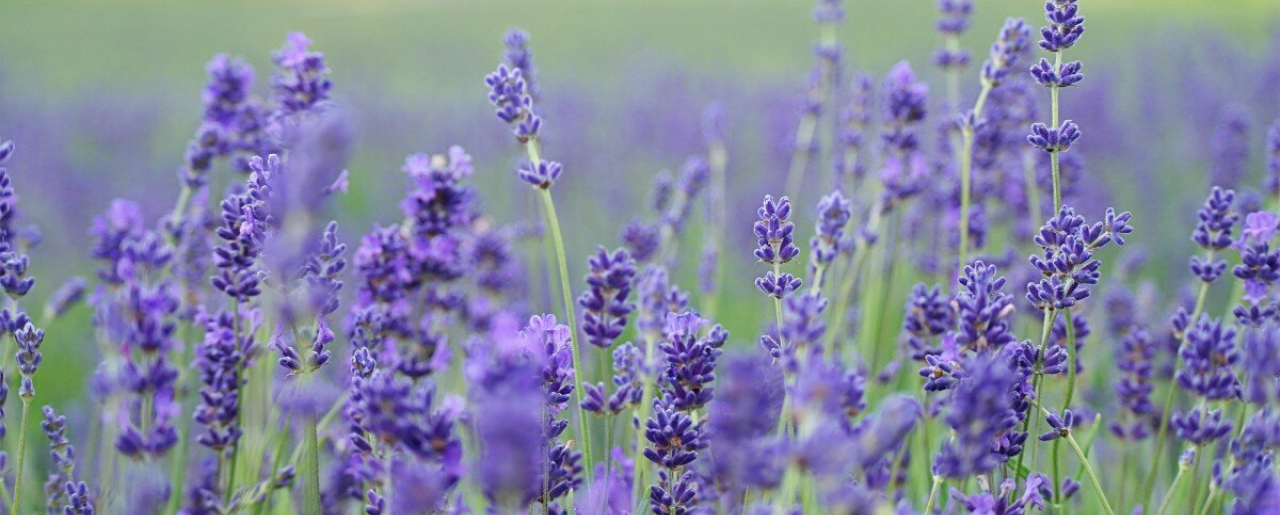Foolow is a tiny settlement of around 50 houses in the Derbyshire Peak District. It’s in a conservation area within the National Park and for some years now it’s been fighting to stop the National Park Authority from allowing a permanent caravan site to be established in two fields at the edge of the village.
The site – previously a small caravan site for a local farmer – was mistakenly given permission by the park as a site for static caravans. However the specifics of the initial plan, which included building a new access road, a house for a warden and an amenities block, was opposed by the village and refused by the Planning Committee in February 2017.
An amended scheme, still with an access road and amenities block, was passed in early 2020. In this case, the Authority’s Planning Committee was giving permission to their own officials, in an important sense making the authority both judge and jury.
For those concerned with the impact of this on a National Park, the concern was that on the open market, the site could still become a large site for touring caravans, which would more than double the size of the village in summer, and create traffic hazards, light pollution and a blot on the landscape.
This might seem like NIMBY-ism, but once the Peak District National Park Authority (PDNPA) realised its error it had to buy the land back. It is after all a National Park valued for its scenery. The challenge is that the council has since been seeking to cover this cost.
Faced with the alternative, the villagers developed a competing plan, to turn the site into a wild wood and wildflower meadow. The aim would be to plant around 5,000 trees along with wild flowers and a hay meadow – which could become a resource for local schools and even a research centre for universities. This would also preserve the unique upland landscape.
Last month, the group’s business plan was approved and it was given preferred bidder status. The PDNPA has given the group until November to raise £300,000.
Committee chair John Fallows commented: “We’re delighted that the PDNPA has approved our business plan and we feel confident that we can raise the necessary money. This is already being done through contributions from local residents and businesses, and if needed we’ll ask for crowd funding through our website.”
The committee has already raised over £40,000 from pledges within the local community, and is seeking other revenue through various lottery grants and contributions from local businesses.
People can dedicate a tree for as little as £25 and already this is proving popular on the group’s various social media platforms. Throughout the summer, visitors to the village will be asked to contribute, especially during Well Dressing Week at the end of August.
Critics will see this as NIMBY-ism, but they would argue that a National Park is defined by its landscape, and that its plan adheres to its founding principles.
As we increasingly place value on biodiversity and the carbon offsetting benefit of planting more trees, this would seem to be a perfect example of the environmental way forward. The trees and the flowers will also provide inspiration for future generations.
More details can be found on the Foolow Wildwood Project website. Of course we’re going to sound like Bob Geldof at Live Aid, but without the money the Wild Wood can never happen.

